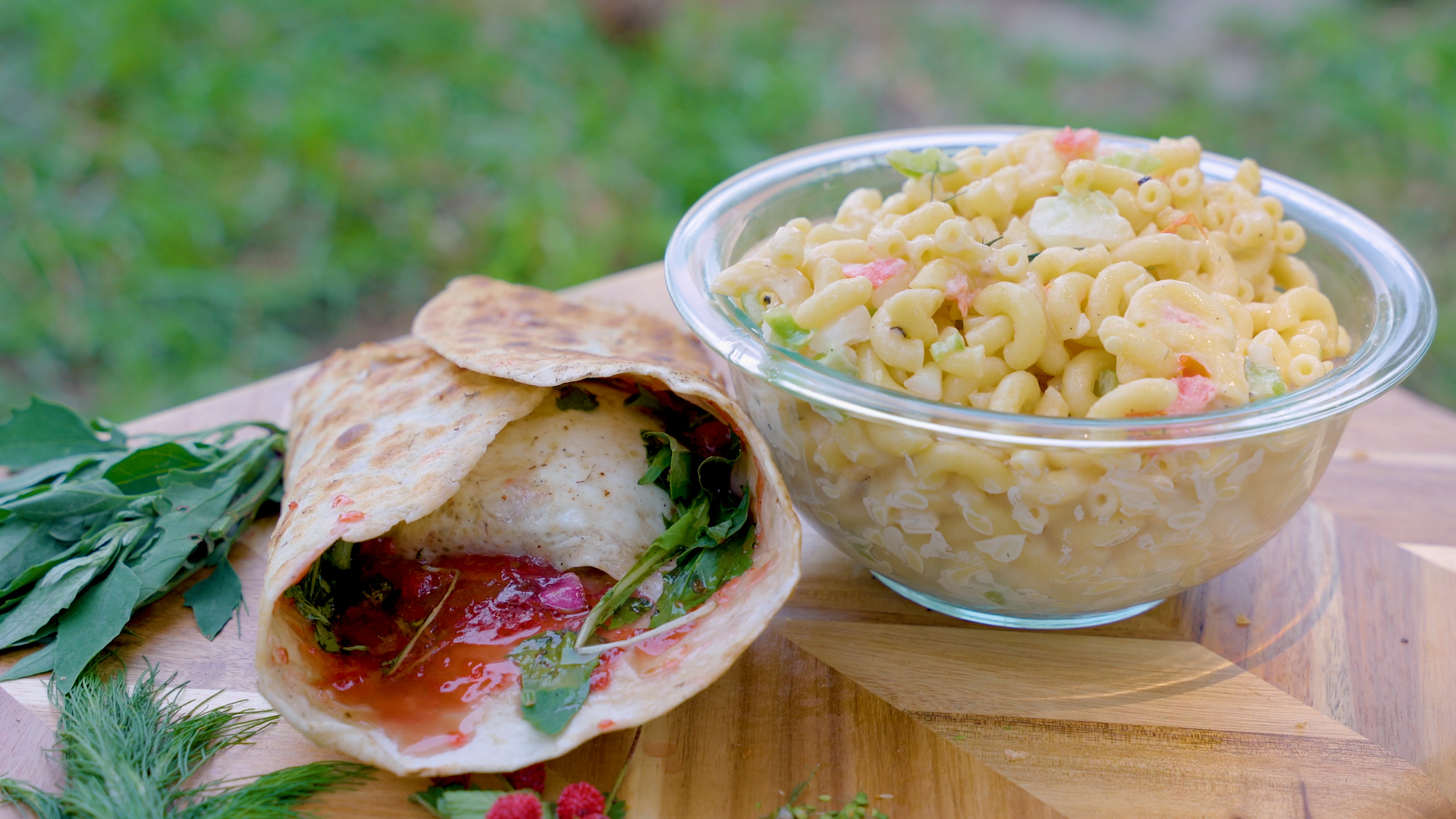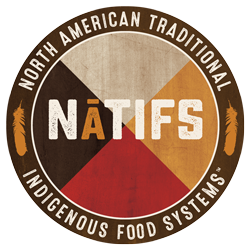Macaroni Salad with Foraged Greens

Ingredients
Instructions
-
Bring a pot of water to a boil. Add a tablespoon of salt, olive oil, and macaroni. Cook pasta until done to your preference, stirring occasionally to prevent the macaroni from sticking to the bottom of the pot.
-
While the pasta cooks, prepare vegetables. Chop cored bell pepper, tomato, peeled onion, and peeled cucumber to uniform sizes. Finely chop dogfennel.
-
Combine all diced and chopped vegetables in a large mixing bowl. Add salt, black pepper, and poor man’s pepper pods to taste. Mix with a spoon and set aside.
-
Add mayonnaise to the salted vegetable mixture in the mixing bowl. Stir to incorporate. Place in refrigerator or cooler to chill.
-
Once the pasta has cooked to your preference, strain. Cool the pasta by rinsing it with cold water. Add completely cooled pasta to a serving bowl.
-
Pour mayo and vegetable mixture on top of the cooled pasta. Stir to incorporate.
-
Stir to incorporate and add salt and pepper to taste.
-
Chill in the refrigerator for at least an hour until ready
to serve. Mix again before serving.
Plating
-
Serve chilled
Note
*Use 1 cup drained, canned diced bell
peppers if fresh peppers are not available **Use 1 cup drained Tomatoes, Diced, No Salt Added, Canned if fresh tomatoes are unavailable
***Use 1 cup frozen diced onion or 1 Tbsp onion powder

